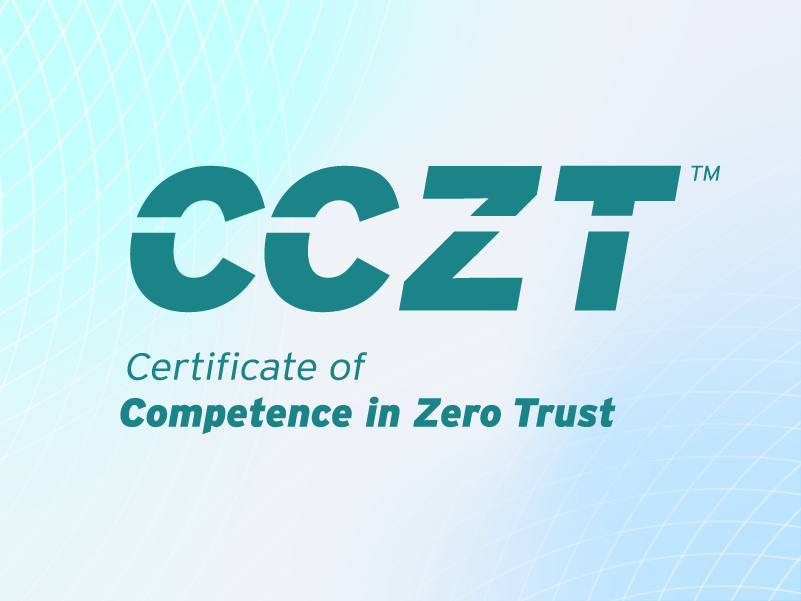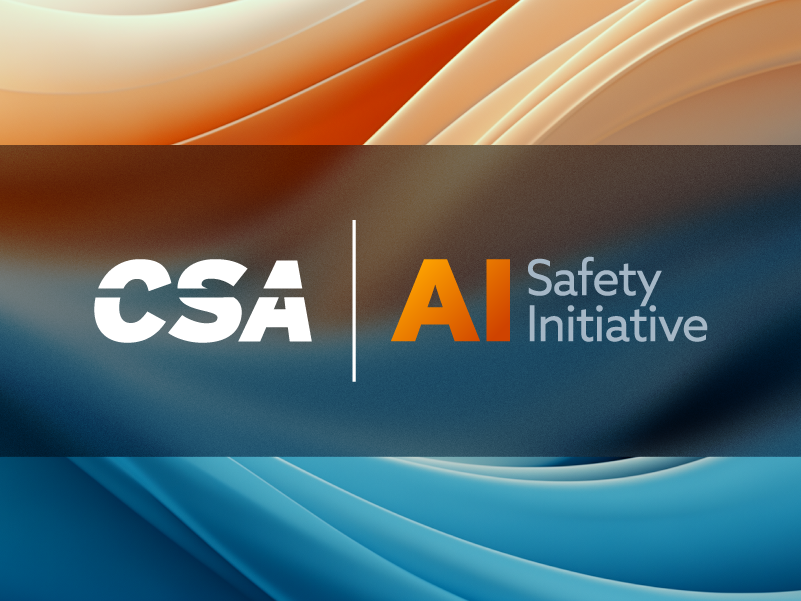AI Agents vs. AI Chatbots: Understanding the Difference
Published 06/16/2025
Originally published by Astrix.
Written by Alon Berger.
While AI chatbots respond, AI agents act. Both automate tasks, but the security implications differ significantly, primarily due to how they interact with NHIs. Agents make autonomous decisions, through adaptive learning, while Chatbots stick to scripts and predictable interactions. Let’s dive into what sets them apart.
Key differentiations
AI Chatbots: predictable, constrained, and easier to secure
AI chatbots are rule-based systems designed for narrow, task-specific interactions like answering FAQs or guiding users through predefined steps. Their access to systems and data is typically limited, tightly scoped, and managed through static permissions.
Unlike AI agents, chatbots don’t adapt or learn on their own and rely on structured inputs within constrained environments. This predictability translates to a simpler security footprint. With fewer privileges and limited integration points, the risk of unauthorized access or behavioral drift is significantly lower. While still important to monitor, chatbot NHIs pose less threat and are far easier to govern and contain.
AI Agents: dynamic, autonomous, and high-risk by design
In contrast, AI agents operate autonomously across systems, making real-time decisions and executing complex workflows with minimal human oversight. To perform these actions, they require broad and continuous access to sensitive data, infrastructure, and applications.
These AI agents are enabled through non-human identities (NHIs) like API keys, service accounts, and OAuth tokens. Their ability to maintain context, learn from interactions, and adapt their behavior makes them powerful tools, but also introduces significant security risks.
Without strict governance, these agents can become unmonitored entities with escalating privileges and persistent access across environments. This makes securing the NHIs that power these agents not just important, but imperative to prevent misuse, data exposure, and operational disruption.
Side-by-side comparison

Smarter AI, bigger risks
While AI agents offer significant advancements in automation and efficiency, they also amplify existing NHI security challenges in ways that traditional security measures weren’t designed to address:
They operate at machine speed and scale, executing thousands of actions in seconds.
They chain multiple tools and permissions in ways that security teams can’t predict.
They run continuously without natural session boundaries.
They require broad system access to deliver maximum value.
They create new attack vectors in multi-agent architectures.
Related Resources



Unlock Cloud Security Insights
Subscribe to our newsletter for the latest expert trends and updates
Related Articles:
Security for AI Building, Not Security for AI Buildings
Published: 12/09/2025
AI Explainability Scorecard
Published: 12/08/2025


.jpeg)
.jpeg)
.jpeg)
.jpeg)